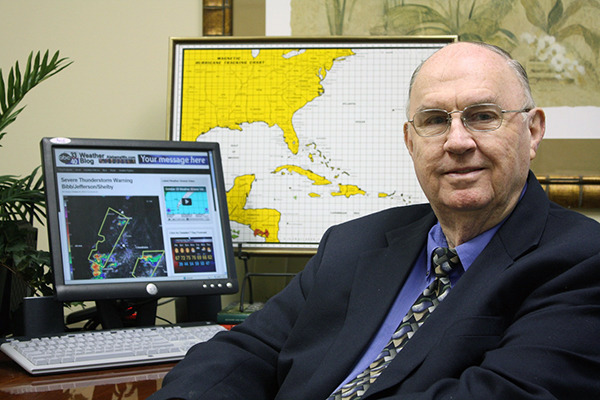Update on the Lower Puna Eruption
(Photo Credit: USGS/Hawaii Volcano Observatory)
In recent days, this episode has increased ash production which is a danger to aircraft. Volcanic ash is a major problem for plane engines as the ash is known to damage the blades. In addition, the volcanic ash can contaminate the fuel which forces the engine to work harder increasing fuel consumption. In addition, the ash has reached up to 30,000 feet which would allow it to reach places such as central Mexico where it would worsen air quality. However, many of the major ash explosions have only reached an elevation of 10,000 feet. As a result, much of the ash is distributed over parts of the far east shore of the island of Hawaii and into the Pacific Ocean.
In addition to the ash, chemicals emitted from the volcano, most notably sulfur dioxide, has caused problems in the air quality for the Island of Hawaii. One of the problems with the sulfur dioxide is the creation of vog. Vog is a portmanteau of volcanic fog as it is formed from the interaction of water vapor with the volcanic emissions including sulfur dioxide. Another concern involved with the sulfur dioxide being emitted, is the formation of acid rain, which is very dangerous as acid rain can destroy trees and property. The concern of acid rain is mainly localized on the far east coast of the island of Hawaii and may even be a concern for the major city of Hilo if there is a wind shift to a southerly-southeasterly flow at low levels of the atmosphere. However, the west side of the island including Kona is not being affected as much as usual because the wind flow is the prevailing trade winds which come from the northeast.
The eruption has destroyed 37 buildings with only one injury reported. More damage is possible if many more fissures open in the rift. In addition, the emissions of sulfur oxides and methane will continue to be an air quality issue for a few weeks as it would take a while for the chemicals to clear up and be less concentrated.
AlabamaWX is pleased to partner with the Global Weather and Climate Center team for outstanding posts about our atmosphere. Visit them at https://www.globalweatherclimatecenter.com for more great information!
Category: Partner News Stories

















